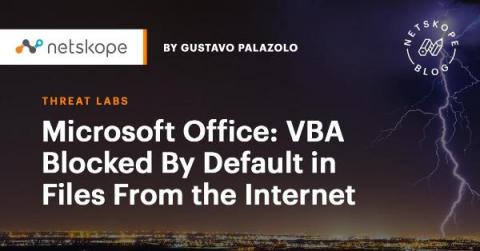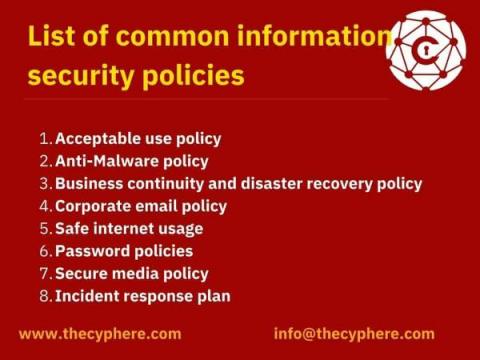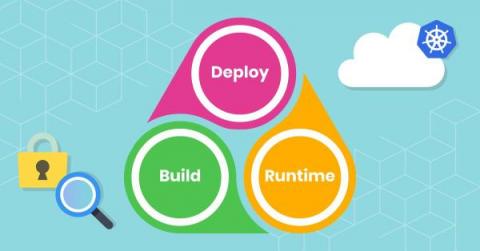Manufacturing was the top industry targeted by ransomware last year
Global supply chains are bearing the brunt of ransomware attacks, according to a new report that finds manufacturing was the most targeted industry during 2021. Knocking financial services and insurance off the top of the heap after a long reign, the manufacturing industry was found by IBM to be the most attacked sector – accounting for 23% of reports of ransomware.











